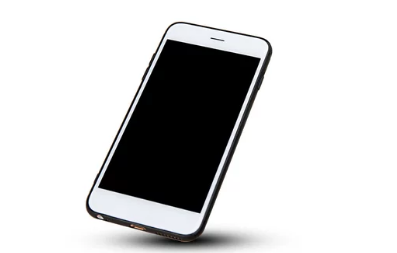Dropping your phone in water can cause immediate panic. Whether it fell in the sink, toilet, bathtub, pool, or got soaked by rain, water damage can severely affect your phone’s functionality—if not handled correctly and quickly. But don’t worry. If you act fast and smart, there’s a good chance you can save it.
Here’s a comprehensive, step-by-step guide on what to do when your phone gets wet—and just as importantly, what NOT to do.
Step 1: Remove the Phone From Water Immediately
Every Second Counts
The longer your phone stays submerged, the higher the risk of permanent damage. As soon as you realize your device is wet:
- Take it out of the water immediately.
- If it’s plugged into a charger, unplug it first to avoid short circuits or electric shocks.
- Don’t press any buttons unless necessary—it could push water deeper into internal components.
Step 2: Power It Off
Prevent Short Circuits
Even if your phone still works, turn it off immediately. Leaving it on may cause electrical shorts that damage the internal circuitry.
- Hold the power button and shut it down.
- Don’t test it or keep using it “just to check.” This can make things worse.
Step 3: Remove Accessories and Detachable Components
Disassemble What You Can—Safely
- Take off the phone case, SIM card, SD card, and battery (if it’s removable).
- Lay everything out on a dry towel or cloth.
- Use a soft cloth to gently pat the phone dry—don’t shake or blow on it, which can force water into ports.
Step 4: Dry the Exterior Thoroughly
Be Gentle but Thorough
Use a soft, absorbent towel or microfiber cloth to remove all visible moisture. Focus on:
- Charging port
- Headphone jack
- SIM tray
- Speaker and microphone openings
Avoid using a hairdryer, heat gun, or oven. Excessive heat can melt components or push water deeper inside.
Step 5: Avoid Common Mistakes
These Actions Can Make Things Worse
Here’s what you should NOT do:
- ❌ Don’t charge the phone.
- ❌ Don’t press buttons.
- ❌ Don’t try to turn it back on too soon.
- ❌ Don’t use a microwave, oven, or blow dryer.
- ❌ Don’t use rice (yes, really).
Why not rice?
While rice can absorb some moisture, it’s not effective for deep internal drying. It also leaves starch and dust particles that can damage your phone over time. There are much better solutions.
Step 6: Use a Desiccant or Drying Pouch
Remove Moisture From the Inside
Instead of rice, use silica gel packets (the kind found in shoe boxes or electronics packaging) or a commercial phone drying kit.
- Place the phone in an airtight container or ziplock bag with several silica packets or a drying agent.
- Leave it there for 24 to 48 hours.
- The goal is to draw moisture out of the phone’s internals without applying heat.
Step 7: Wait Patiently—Then Power On and Test
Patience Pays Off
After 1–2 days, carefully inspect the phone:
- Check for moisture in the ports, lens, or screen.
- If everything appears dry, insert the battery (if applicable) and turn the phone on.
If it turns on successfully:
- Test the touchscreen, camera, microphone, speaker, and charging port.
- Check for signs of fog under the screen or glitchy behavior.
Step 8: Seek Professional Help if Necessary
When DIY Isn’t Enough
If your phone:
- Doesn’t turn on
- Shows display issues
- Heats up abnormally
- Can’t charge properly
…then it’s time to take it to a certified technician or repair center. The internal water damage might require deep cleaning, component replacement, or professional diagnostics.
What If Your Phone Is Water-Resistant?
Many modern phones are rated IP67 or IP68, meaning they can withstand water submersion for a limited time. But even water-resistant phones aren’t waterproof.
- Seals can degrade over time.
- Water damage from soap, salt water, or chlorinated water isn’t always covered by warranty.
Still treat water exposure seriously, even with a water-resistant phone.
Bonus Tips: Prepare for the Future
Protect Your Device Before It Gets Wet
- Use a waterproof case if you’re often around water (beaches, pools, outdoor jobs).
- Back up your data regularly—cloud services like Google Drive or iCloud can save you stress.
- Consider insurance or warranty coverage that includes accidental water damage.
Final Thoughts: Quick Action Can Save Your Phone
Dropping your phone in water is stressful—but it’s not always a death sentence for your device. If you act quickly, power it off, avoid heat, and let it dry properly using a desiccant, you might fully recover your phone with no permanent damage.
The key is speed and patience—not panic. And if you’re unsure or the phone continues acting up, trust a professional to handle the rest.
Also Read :
